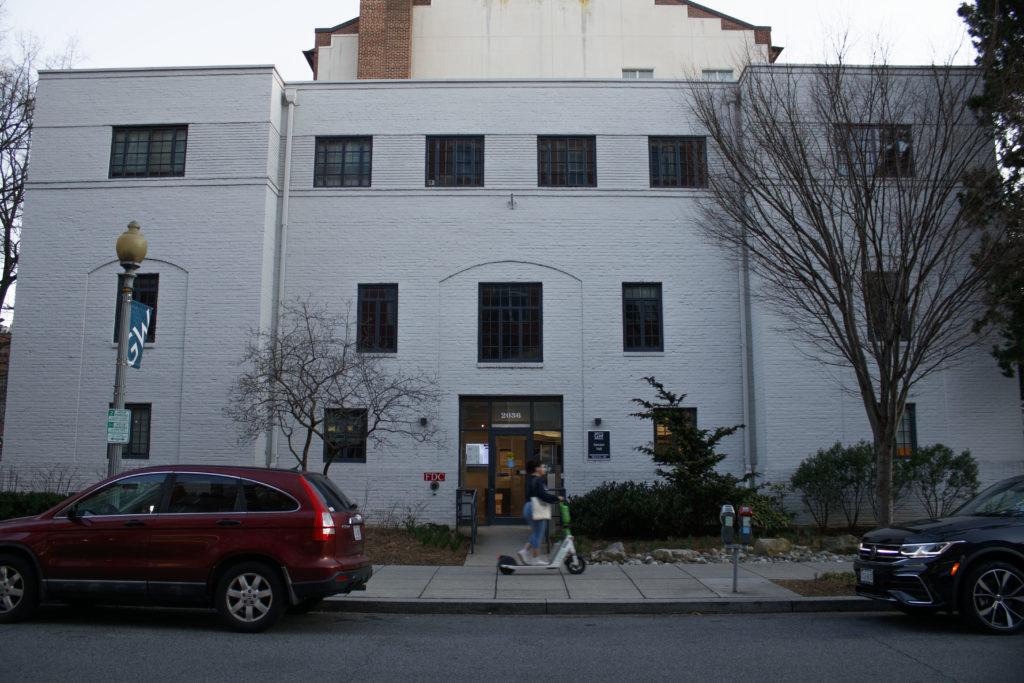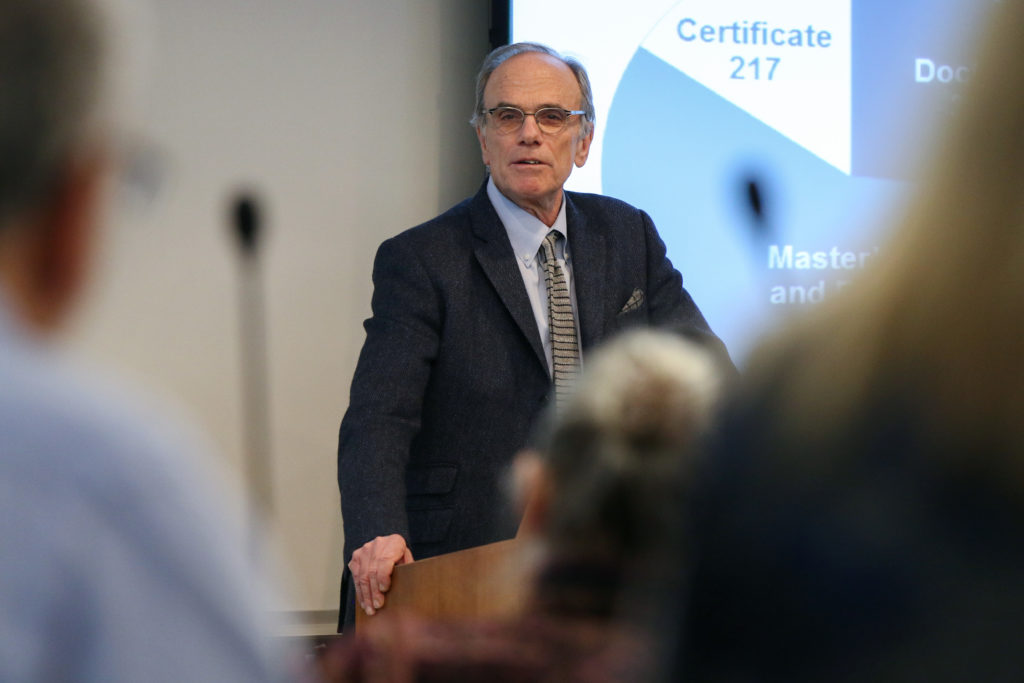A Columbian College of Arts and Sciences professor found that Arctic regions will have to pay more than $276 billion by “midcentury” to counter the effects of permafrost thawing due to climate change.
Dmitry Streletskiy, the study’s lead author and an associate professor of geography and international affairs, said rising global temperatures are thawing the world’s permafrost, a permanently frozen layer of soil found in polar regions like Alaska, Russia and regions of Canada where temperatures rarely exceed zero degrees Celsius. He said funds will be needed to repair sunken roads, railroads, airport runways and buildings that incur damages from floods and sunken foundations that thawed permafrost can cause.
He said the permafrost has remained frozen but not solid amid rising temperatures, destabilizing buildings and infrastructure built on the top layer of soil and raising construction costs for the Arctic regions. He said the world’s reduction of greenhouse gas emissions, in line with the objectives of the 2015 Paris Agreement, can reduce the permafrost-related cost by about $100 billion.
“I hope this will be a first-quarter estimate that will help legislation, those who make budget decisions across the Arctic countries to understand better that permafrost is really important for consideration when moving forward with existing developments and infrastructure,” Streletskiy said.
Streletskiy said researchers pulled temperature data from climate models to estimate permafrost temperature in the active layer – the soil layer that thaws in the summer and freezes in the winter – and locate Arctic regions where permafrost thaw would result in infrastructure damage.
The study analyzed the effects of permafrost thaw in areas of Alaska, northwest Canadian territories, Iceland, Norway, Finland and Russia.
Streletskiy said researchers inferred that Arctic communities would need infrastructure rebuilt because of damage from flooding and sinking roads or buildings as permafrost thawed, so they recorded average repair costs for roads, railroads and buildings. Streletskiy said researchers studied various countries and projects to assign the correct cost to each type of infrastructure.
He said he hopes the study will increase awareness about the impacts of permafrost thaw for Arctic governments, developers and investors from other parts of the world to determine the risks of operating on permafrost.
Streletskiy said awareness, education and training can push governments to react to permafrost degradation more quickly and limit costs from extensive damages because permafrost is already “suffering” from climate change due to continued thaw.
He said increased monitoring of permafrost temperatures in natural and industrial locations can determine where thaw is the greatest and reduce infrastructure damage and costs but current monitoring is “very limited.”
“We unfortunately don’t have enough data, but it’s never too late to have this data for future generations,” Streletskiy said. “If we start monitoring now, we can start to create a baseline for those who will deal with it in 20 or 30 years.”
Experts in permafrost and the Arctic said engineering solutions like putting buildings on pilings, posts that support the foundation of a structure, can mitigate the effects of permafrost thaw on infrastructure, but those solutions can be expensive for local officials and developers to implement.
Vladimir Romanovsky, a professor emeritus of the Geophysical Institute at the University of Alaska Fairbanks, said permafrost can be up to 90 percent ice, and when it thaws and turns to water, it runs off the landscape and erodes the surface. He said the eroding results in “substantial” damage to roads and “deforms” pipelines carrying gas and oil that sit on top of permafrost.
Romanovsky said rising air temperature and surface disturbances, like wildfires, agricultural activities and construction, can thaw permafrost, which releases carbon and methane into the atmosphere and increases the greenhouse effect, harming hydrology, vegetation and wildlife.
He said solutions to protect infrastructure, like elevated buildings, are expensive but mitigate the effects of permafrost thaw. Romanovsky said the study will likely draw attention to permafrost thaw within federal governments and help those living in areas with permafrost, like Alaska.
“The major impact will be upon people who are really less involved in producing the causes of this impact,” Romanovsky said. “People who live in the Arctic have much less industry there, much less internal producing of greenhouse gases and burning fossil fuels.”
William Quinton, a professor of geography and environmental studies at Wilfrid Laurier University, said it’s difficult to quantify the widespread effects of thawing permafrost in Arctic regions because it results in indirect costs like flooding damage after the permafrost thaws.
Quinton said studies that determine the economic impacts of environmental issues enable researchers to convince their funders that their study is an “important area of research.”
“The cost for people who rely on the land, whether it’s for resources or their own livelihoods, is very, very high,” Quinton said. “So the cost of doing nothing is also very, very high.”








